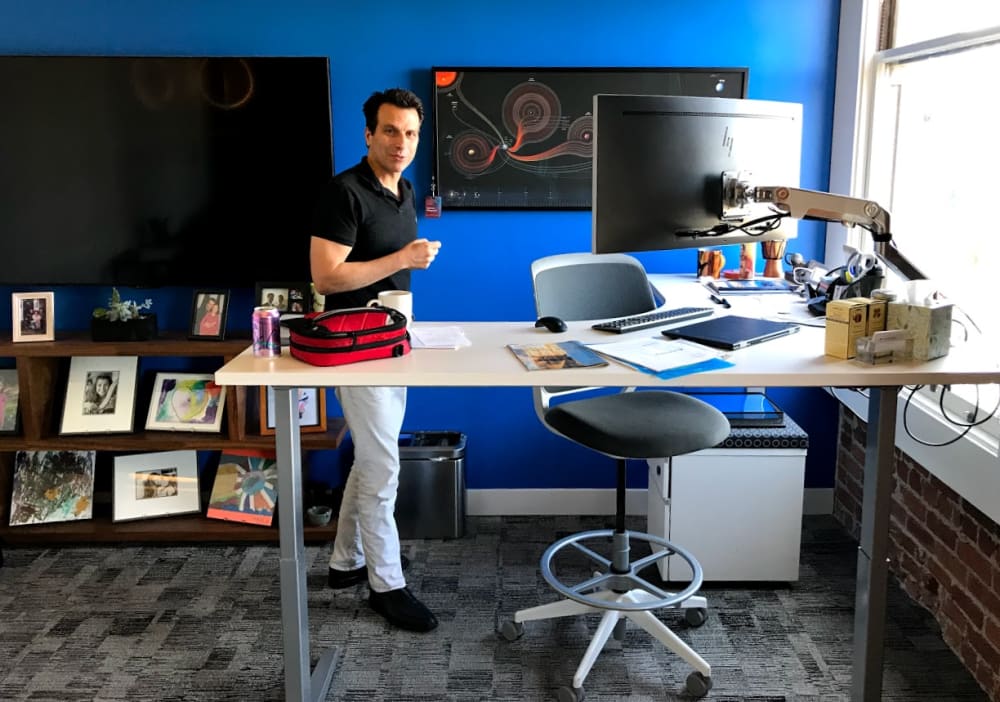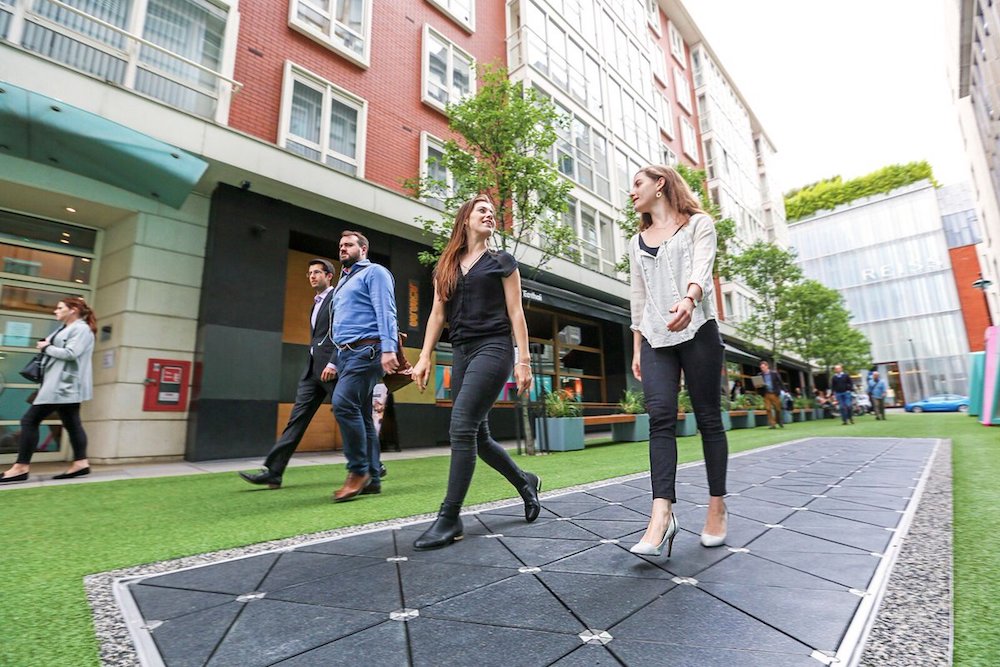The world needs more buildings (and more people to build them), more ways to make things move, and more ways to make concrete store electricity. Check out this week’s picks:

- Our Chief Executive Astrophysicist. If you’ve wanted to sit down 1-on-1 with Autodesk CEO Andrew Anagnost and pick his brain on all the big topics—the future of making, the future of work, and the convergence of construction and manufacturing—now you don’t have to. Engineering.com beat you to it (in a juicy 3-part series).
“That’s how the construction industry is evolving today. We’re moving towards a workflow where construction looks more like the modern factory assembly process.” – Andrew Anagnost, Autodesk CEO
- Move yourself. Actuation—it’s how anything moves itself. Humans do it with muscles and neurons. Robots and objects? Well, motors are just one way, and Wired reports on a new robotic hand that can move with 2 motors instead of 20. At Carnegie Mellon University, they’ve developed a low-cost way to make paper bend in some really cool ways. And at the City University of Hong Kong, they’re 3D-printing ceramics that take the shape of the Sydney Opera House with the right electrical stimulus.
- Power to the pavement. A sidewalk that generates electricity when you walk on it? That’s just one of the ways concrete can generate and store power. Architect Magazine shares recent research.

Every footfall on this sidewalk on London’s Bird Street generates enough electricity to power a light for 20 seconds. Credit: Pavegen
- People need buildings, and building needs people. Construction is booming—in the US and around the world. But there’s a problem: not enough skilled people to do the work. Autodesk’s Sarah Hodges weighs in as part of Construction Dive’s coverage.
“With a rise in the share of firms having trouble finding skilled craft workers, it’s evident that we need to reskill the future workforce. Technology can help bridge this gap, and more firms are bringing training in-house to implement digital strategies such as building information modeling.”
– Sarah Hodges, senior director at Autodesk